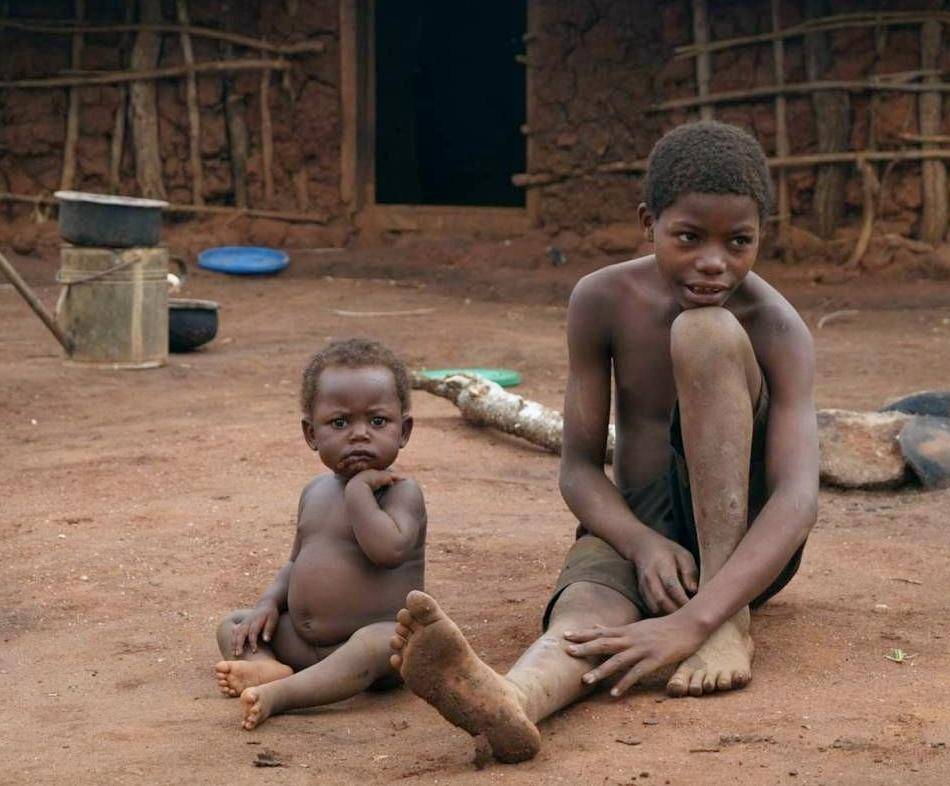
Figure 1.-- Here we have two brothers in an unidentifid village somewhere in Malawi. |

|
Malawi is a small landlocked country in southeast Africa. It was the British colony of Nyasaland. It is bordered by Zambia to the northwest, Tanzania to the northeast, and Mozambique on the east, south and west. It also borders Lake Makawi. Much of the coutry is the western and southern coast of Lake Malawi and thus is largely the southern terminus of the Great Rift Valley. The terraine is higlands and mountaneous. Malawi separates Zambia from Mozambique. The Portuguese were the first to reach southern Africa (late-15th century), but remainmed along the coast. Prortuguese exolorers reached Malawi (17th century). It was redicovered by the British (19th century). David Livingston visited the area (1859). It was first part of the British Central Africa protectorate (1891). The name was changed to Nyassaland (1907). After World war II when Britain began moving toward independence, it became part of the Federation of Rhodesua and Nyassaland. Hastings Kamuzu Banda, a leader for constitutional reform becane primeminister (1963). Britain granted independence (1964). Independent Malawi was dominated by the authoritarian President Banda who was extremnely unpredictable, even quitoxic. He finally relinquished power after losing the country's first democratic election (1994). Democratic reforms have since begun to take hold. President Bakili Muluzi established a more open governmrnt. A tangel of serious problems, including corruption, poverty and AIDs continue to impair development efforts. Malawi is a basically agricultural country. Most Malawians are involved in subsistence farming. Important crops include peanuts, tobacco, tea, coffee, and cotton. The economy is largely underdeveloped beyond basic agriculture. Under President Banda many state corporations were established. As elsewhere in Africa where socialist policies like state corporations were followed, the result- was both coruption and economic stagnation. The state corporations were run inefficently and regularly generated sizeable losses. World financial bodies aiding Malawi have recommended that the state corporations be pivatized. There are rail links to Mozambique in exports. The country has some wonderful wildlife parks. Like much of southern Africa, there is a growing HIV-AIDs problem. Important tribes include the Yao, Nyanja, Chikunda, Nguru, Ngoni, Chewa, Tonga, Nkonde, Tumbuka, and Wemba.
Malawi is a small landlocked country in southeast Africa. It was the British colony of Nyasaland. It is bordered by Zambia to the northwest, Tanzania to the northeast, and Mozambique on the east, south and west. It also borders Lake Makawi. Much of the coutry is the western and southern coast of Lake Malawi and thus is largely the southern terminus of the Great Rift Valley. The terraine is higlands and mountaneous. Malawi separates Zambia from Mozambique.
The Portuguese were the first to reach southern Africa (late-15th century), but remainmed along the coast. Prortuguese exolorers reached Malawi (17th century). It was redicovered by the British (19th century). David Livingston visited the area (1859). It was first part of the British Central Africa protectorate (1891). The name was changed to Nyassaland (1907). After World war II when Britain began moving toward independence, it became part of the Federation of Rhodesua and Nyassaland. Hastings Kamuzu Banda, a leader for constitutional reform becane primeminister (1963). Britain granted independence (1964). Independent Malawi was dominated by the authoritarian President Banda who was extremnely unpredictable, even quitoxic. He finally relinquished power after losing the country's first democratic election (1994). Democratic reforms have since begun to take hold. President Bakili Muluzi established a more open governmrnt.
Malawi is a basically agricultural country. Most Malawians make their living through subsistence farming. Important crops include peanuts, tobacco, tea, coffee, and cotton. There are rail links to Mozambique for exports.
The economy is largely underdeveloped beyond basic agriculture.
Malawi's single important natural resource is agricultural land. The land is, however, under severe pressure from steady population growth. Yield are, however, relatively low. The country's food supply is thus precarious. And the situation is aggrivated by periodic natural, both drought and torrential rainfalls. Thus there is the constant need for international food aid. The government's fertilizer subsidy program has suceesfully increased yields. And Malawi has for several years repoorted net food exports. A tangel of serious problems, including corruption, poverty and AIDs continue to impair development efforts. Under President Banda many state corporations were established. As elsewhere in Africa where socialist policies like state corporations were followed, the result was both coruption and economic stagnation. The state corporations were run inefficently and regularly generated sizeable losses. World financial bodies aiding Malawi have recommended that the state corporations be pivatized. President Mutharika instituted aseries of reforms (2005). One report suggests that Malawi has made some progress in achieving economic growth since 2007. Advances have been noted in healthcare, education, and environmental conditions. As a result, Malawi has needed less internbtional food aid then in previous years.
The country has some wonderful wildlife parks.
Like much of southern Africa, there is a growing HIV-AIDs problem. Tens of thousands of Malawians die of Aids annually. For many years the crisus was inored. No one wanted to talk about it. Finally malawian hea;th officoals began speaking out. A goverment program to prevent AIDs was begun (2004). President Muluzi told Malwaians that his brothger had contracted and died from the disease.
Important tribes include the Yao, Nyanja, Chikunda, Nguru, Ngoni, Chewa, Tonga, Nkonde, Tumbuka, and Wemba.
Navigate the Boys' Historical Clothing Web Site:
[Introduction]
[Activities]
[Biographies]
[Chronology]
[Cloth and textiles]
[Clothing styles]
[Countries]
[Topics]
[Bibliographies]
[Contributions]
[FAQs]
[Glossaries]
[Images]
[Links]
[Registration]
[Tools]
[Boys' Clothing Home]
Navigate the Boys' Historical Clothing national pages:
[Return to the Main African tribal page]
[Return to the Main African country page]
[Return to the Main African page]
[Angola]
[Cape Verde Islands]
[Democratic Republic of the Congo]
[Ethiopia]
[Gabon]
[Lessotho]
[Madagascar]
[]
[Mali]
[Mozambique
[Somalia]
[South Africa]
[Tanzania]
[Uganda]
[Zambia]
